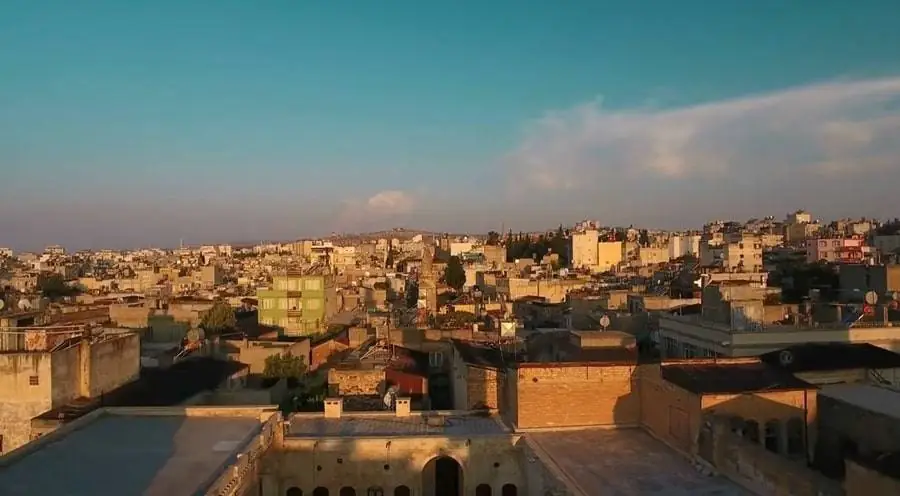Suleyman Demirel, the President of the Republic, signed the legislation in June 1995, enabling the government to declare Kilis, a border township in southeast Turkey, a new province.
Kilis is a particularly picturesque place, surrounded by olive trees and vineyards, and is located in the South-Eastern Anatolian Region, close to the Turkish-Syrian border. Kilis is on the way to Gaziantep. Kilis, as recorded in the Assyrian archives, was its original name, and it was a major frontier town in Asia Minor in antiquity. It is still well-known today for its leather, cotton, and silk goods.

The history of Kilis is thought to have begun around 3000 BC, though this is not confirmed. The Assyrian, Hittite, Persian, Roman, Byzantine, and Ottoman eras were all represented in the city. The region was taken over by Caliph Omer in 636 AD, and it served as an outpost against the Byzantine Empire. Kilis lived under the Seljuks and Mamelukes after being a part of the County of Urfa during the Crusades. Under Yavuz Sultan Selim’s rule, the Ottoman Empire eventually seized it.
Kilis was reclaimed from the occupying forces at the beginning of this century, after the First World War, thanks to the Ankara Treaty, which was signed on December 7, 1921, during the War of Liberation. On June 6, 1996, Kilis was granted province status, incorporating the administrative districts of Elbeyli, Musabeyli, and Polateli. There are 138 villages in the province (51 linked to the central district, 46 to Musabeyli, 23 to Elbeyli, and 18 to Polateli), along with 69 sub-villages and Yavuzlu sub-district.
The city borders Syria at a distance of just 10 kilometers (6 miles), and the border stretches 120 kilometers. The province’s primary water resources are the Afrin and Sabun Suyu brooks, while Resul Osman and Kotal are its mountains.
♦ 14 Days Turkey Tour – Best Of Turkey
Constructed in 1553, Canpolat Mosque represents one of the earliest examples of an Ottoman building. It was constructed during the reign of Canpolat Bey, the local lord. It is a square-shaped mosque in the Ottoman architecture with a single dome. Built in 1334 by Seyyide Fatma, Akcurun Mosque has elements of the Mameluke architecture. Abdullah Bin Haci Halil erected Ulu (Grand) Mosque in 1334. The mosque is rectangular in shape and is constructed of cut stone.

